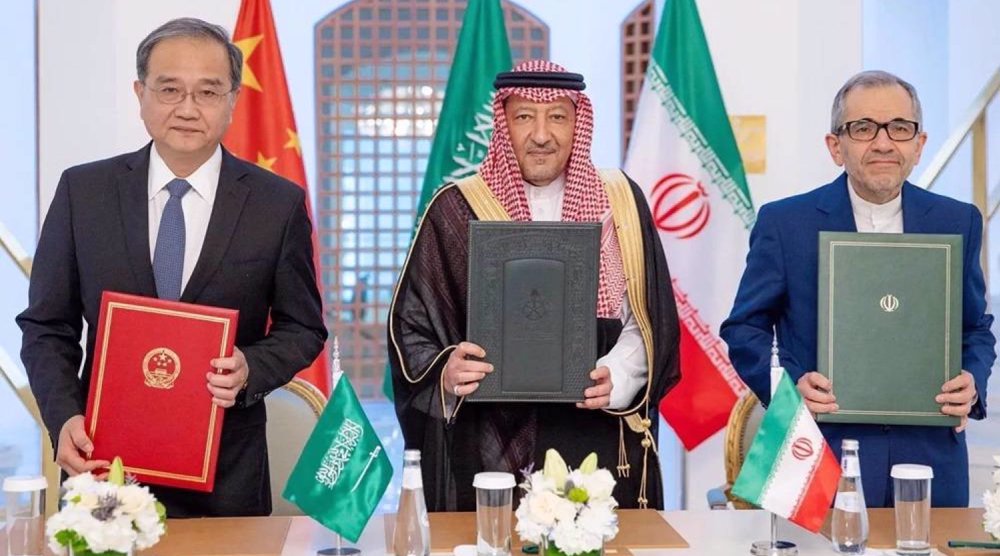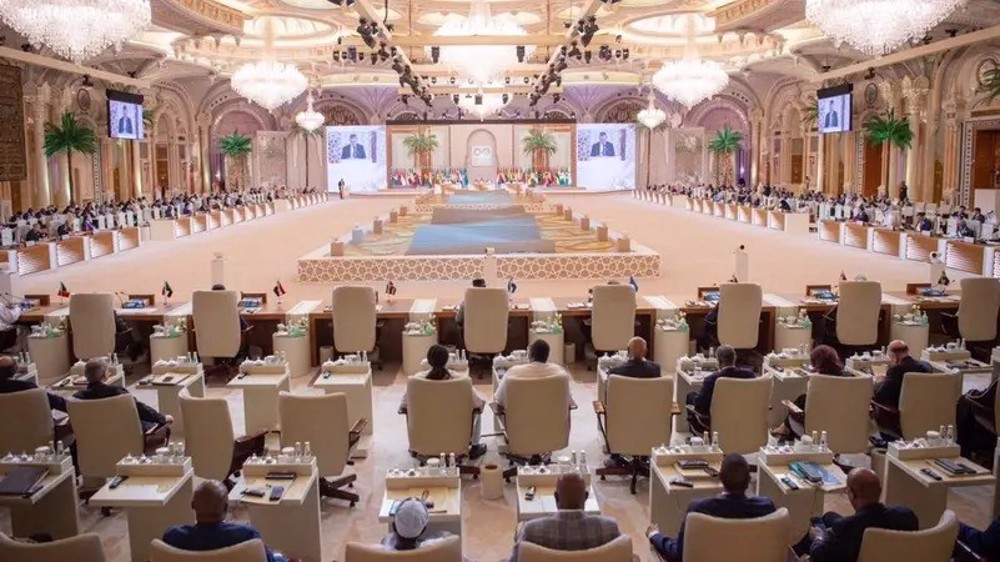Saudi Arabia’s 2016 growth to further dive amid rising public debt
A new report says Saudi Arabia’s economic growth is expected to further slow down in 2016 after the country announced record budget deficits due to slumping oil prices.
Jadwa Investment’s forecast report, which was released on Wednesday, said the Saudi economy will grow by only 1.9 percent next year, down from this year’s figure of 3.3 percent and 3.5 percent in 2014, AFP reported.
Riyadh, which is the world's top oil exporter, announced on Monday a record budget deficit of USD 98 billion in 2015, while projecting a budgetary shortfall of USD 87 billion next year.
Budgetary pressure has already forced Saudi Arabia to review the prices of heavily-subsidized electricity and fuel in the country in what has been seen as part of Riyadh’s new measures to cope with low oil prices.
According to the Finance Ministry, plans will be put in gear to increase charges on public services and apply value-added tax (VAT) in cooperation with other Persian Gulf Arab nations.
Saudi Arabia’s official Saudi Press Agency on Monday reported that Riyadh has decided to raise gasoline prices by more than 50 percent for some products from Tuesday as it cuts a range of subsidies.
Prices will also increase for electricity, water, diesel and kerosene under the cuts approved by the council of ministers.
Jadwa said in its Wednesday report that it expects the country’s oil sector to grow by a meager 0.9 percent on an average crude production of 10.2 million barrels per day.
Also to make up for the budget deficit, the Saudi government has already started withdrawing from its huge fiscal reserves while issuing bonds on the domestic market.
The country’s fiscal reserves have dropped from USD 732 billion at the end of 2014 to USD 628 billion in November, the Jadwa report added.
Based on current estimates, the kingdom has issued domestic bonds worth around USD 30 billion since July, raising the government’s public debt to USD 38 billion, which amounts to 5.8 percent of the gross domestic product (GDP), Jadwa said.

The report stated that the kingdom's current account experienced its first deficit since 1998 during the current year, which stood at USD 41.3 billion or 6.2 percent of GDP. The current account deficit is expected to continue next year.
Jadwa also noted that the oil price used to calculate Saudi Arabia’s oil income in 2016 will be set at USD 40.3 a barrel, down from USD 64.8 a barrel this year.
According to Jadwa, the Saudi government is also expected to announce a National Transformation Programme (NTP) in January to outline further plans to boost non-oil income.
Israel used American weapons in deadly strike on journalists in Lebanon: Report
#BribedByAIPAC: US lawmakers on Zionist lobby payroll irked by ICC arrest warrants
From cradle to chaos: My infant son’s journey through war and displacement
Lebanon condemns Israeli attack on UN peacekeepers
‘Everyone here is at risk’: Injured Kamal Adwan Hospital director’s poignant message
VIDEO | 'We will rebuild a thousand times’
Ex-Israeli war minister Gallant to head to US despite ICC arrest warrant
Iran’s foreign minister in Portugal to attend 10th UNAOC Global Forum










 This makes it easy to access the Press TV website
This makes it easy to access the Press TV website